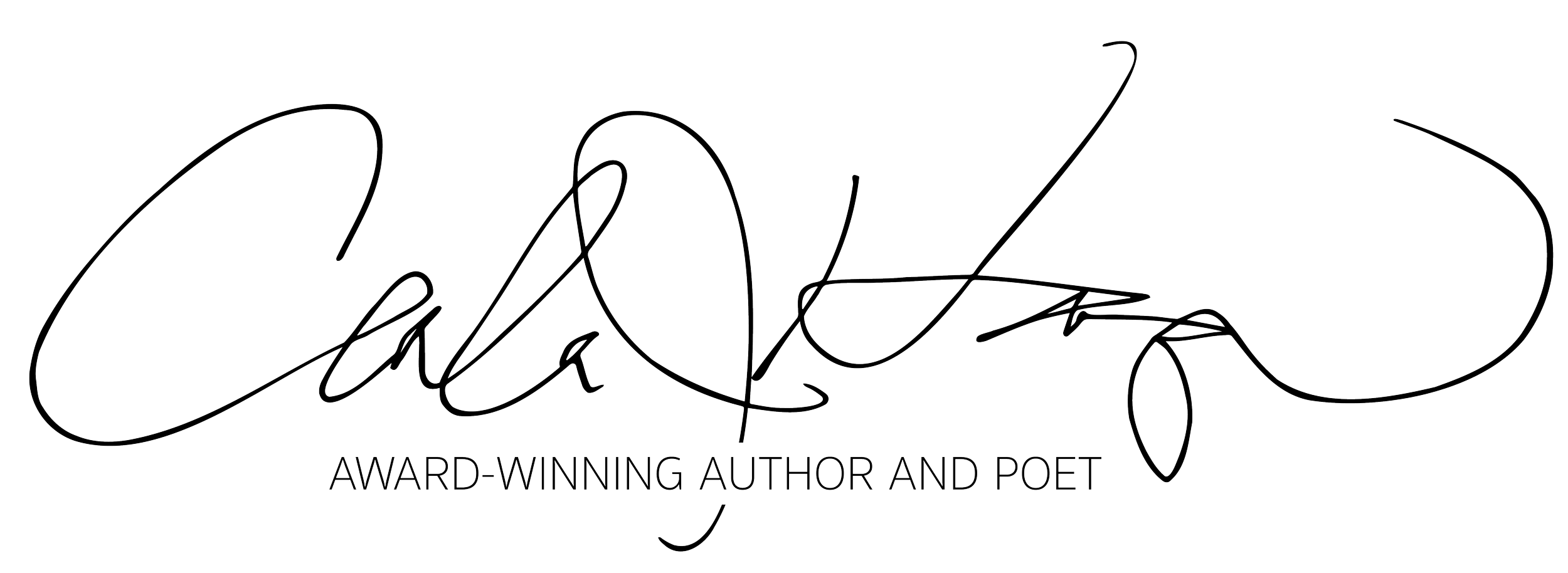The Bog
From Voices For the Land
When I drive alone from St. Paul to my native Lake of the Woods, I call my mother from Kelliher or Waskish. “O.K.,” I say, “I’m heading into The Bog.” Which means that if I haven’t arrived within two hours, she’ll call the sheriff and have him drive south from Baudette down Highway 72, just to make sure I haven’t been sucked up into the mysterious depths of The Bog, unknowable like God, always in the singular and capitalized, as if it were the only one in the world.
The Bog’s huge expanse of peat—muskeg to people from Lake of the Woods—begins just north of Waskish: mile on mile of tamarack, jack pine, gnarly scrub brush and sumac, all of it growing on top of a strange terrain that is both prickly and marshy. In the spring, water rushes iron red through the deep ditches that border the road, and The Bog becomes treacherous as it soaks it up like a sponge, sending up a fog in the cool evenings.
In late summer, after blueberry season, the ground dries out and becomes crunchy. Then, in the fall, sweet-acrid smoke curls up and drifts across the roads. The first settlers tried to clear the land by burning it, but the fire sank into the peat, which has smoldered ever since. Its smell means the onset of fall, of red sumac and golden poplar and wild hazelnuts in the woods. For me it means crossing The Bog at night, scanning the road for deer, the car tunneling through the fragrant, smoky haze. Few stations bubble to the surface of my car radio. Maybe it’s interference from the ghosts of disappointed farmers, or from the abandoned radar base that, during the Cold War, used to search the sky for enemy planes flying in over Canada.
I shudder as I remember how former Governor Rudy Perpich once proposed mining The Bog’s peat. I vowed to lay my body in front of the bulldozers rather than surrender to the development of this unruly chunk of Minnesota’s border wilderness. Luckily I never had to make good on my threat. This winter, when I drive north through The Bog, I may see a wisp of smoke pierce the snow lying heavy over the mossy hillocks, a reminder that the muskeg still burns deep in the untamed ground.
